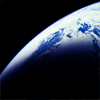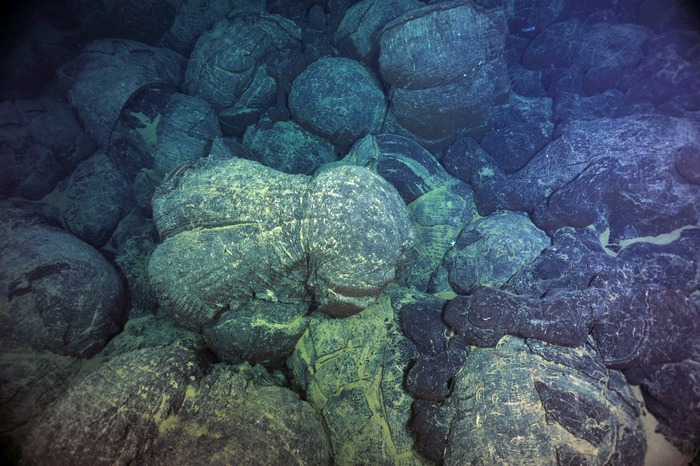
|
Mid-Ocean Ridges as a climate valve: The influence of sealevel and orbital eccentricity on seafloor bathymetry and present day eruption rates along with possible implications for climate feedbacks and forcings, published in GRL February 5th 2015. Read Kevin Krajick's write up here. This work was also featured in a New York Times article by Bill Broad. Much of the work was based on results funded by the National Science Foundation. Pillow basalt image courtest of Deb Kelley, University of Washington Visions14 cruise. |

|
Member of the Cascadia Initiative Expedition Team (CIET). The Cascadia Initiatve is an onshore/offshore seismic and geodetic experiment that takes advantage of an Amphibious Array to study questions ranging from megathrust earthquakes to volcanic arc structure to the formation, deformation and hydration of the Juan De Fuca and Gorda plates. I co-led the first OBS deployment cruise with Anne Trehu (OSU) in July 2011, and two additional cruises with Richard Allen (UC Berkley) in 2013 and 2014. The cruise report from 2011 can be found here. This project is funded by the National Science Foundation. |
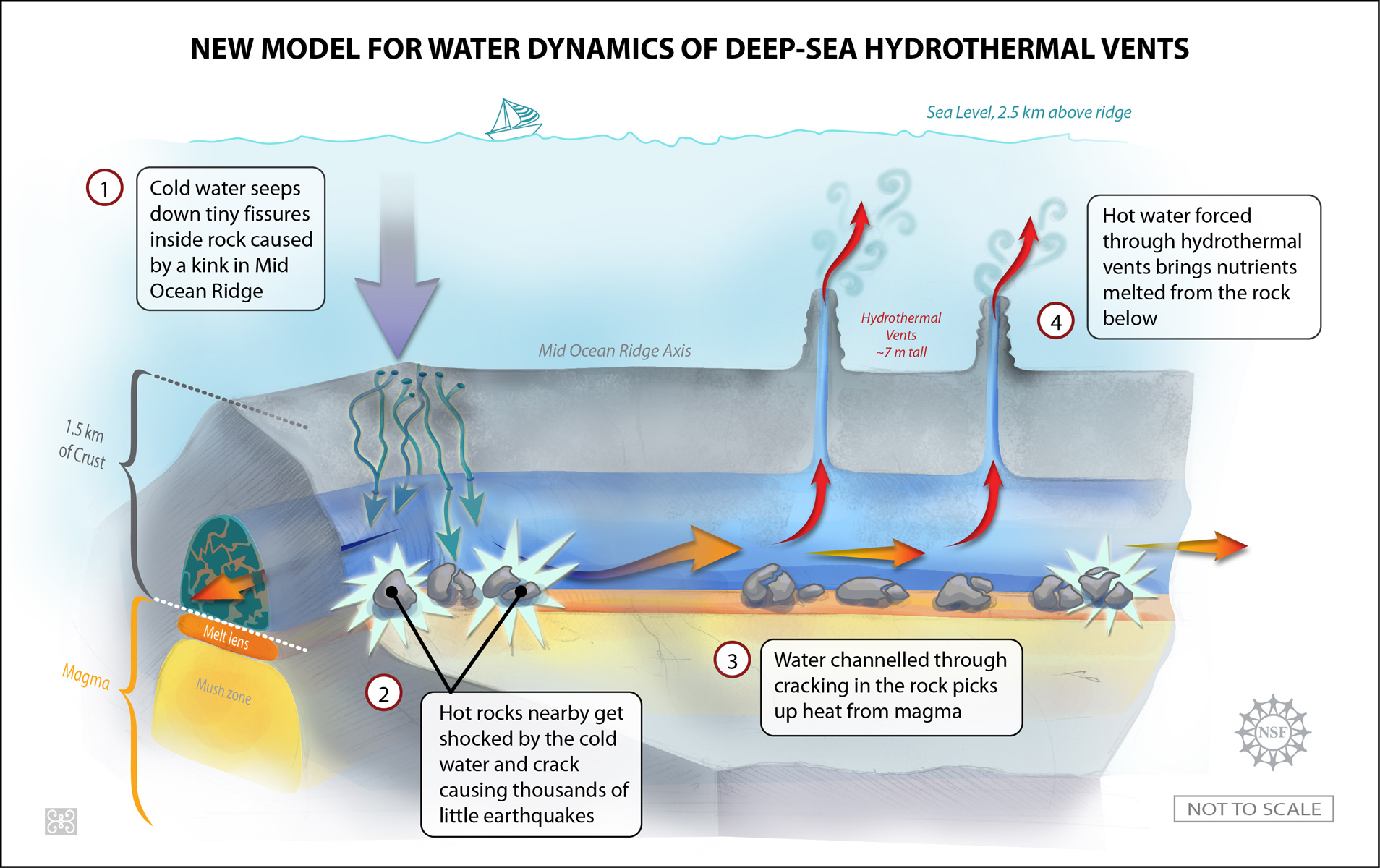
|
Seismic monitoring of microearthquakes at 9deg50'N on the East Pacific Rise between October 2003 and April 2004 recorded ~7000 well-located earthquakes within the 4x4 km array of ocean bottom seismographs. These earthquakes are interpreted as outlining a hydrothermal circulation cell which is oriented along-axis, with focused on-axis downflow at a fourth order discontinuity. Results were published in Nature on January 10th 2008. Illustration by Zina Deretsky at NSF. This project is funded by the National Science Foundation. . |
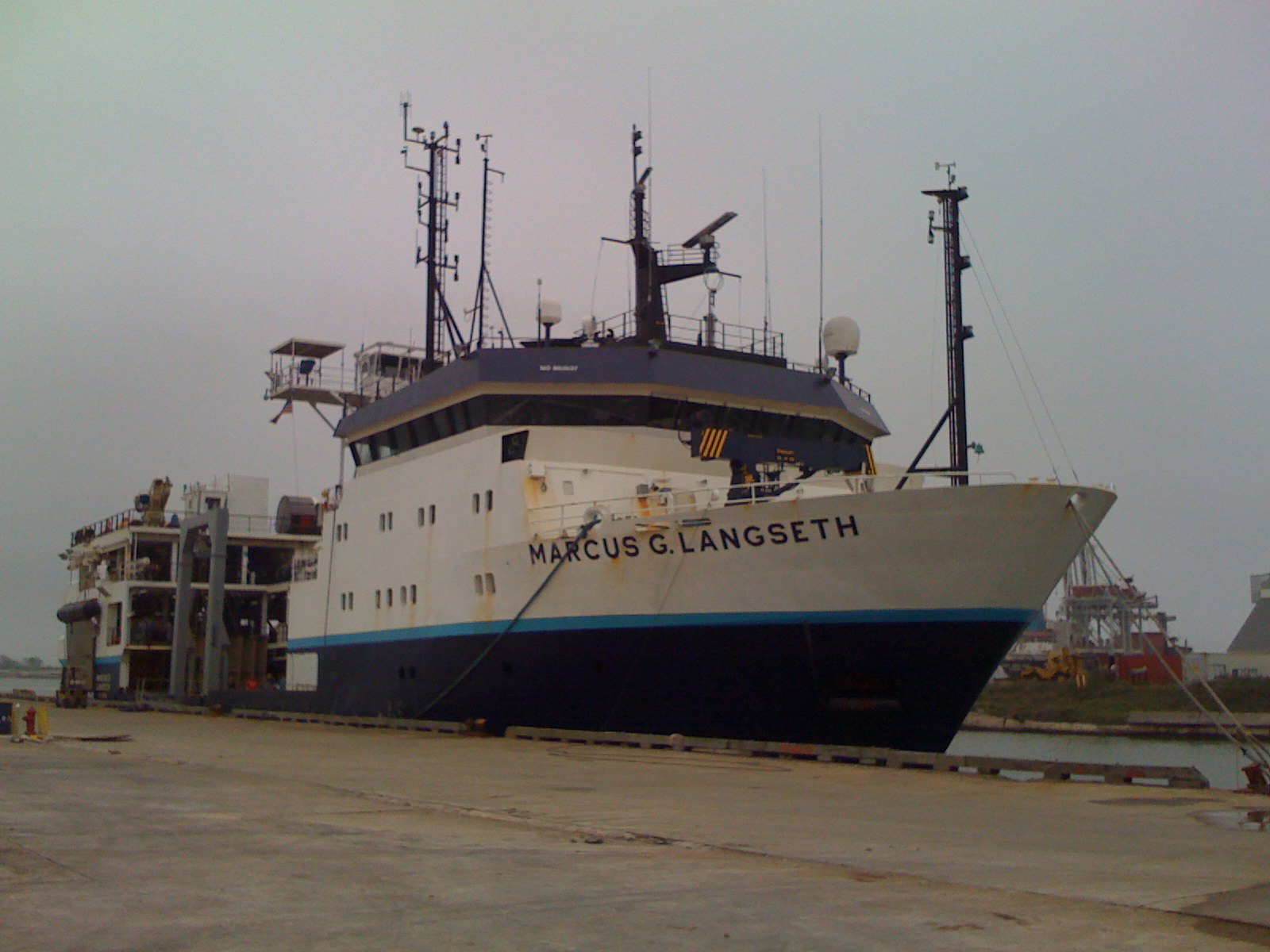
|
In December 2007 and January-February 2008 measurements were conducted in the Gulf of Mexico to calibrate the seismic arrays of the R/V Marcus Langseth. Two string and four string arrays were calibrated at shallow, sloped, and deep sites, using a hydrophone system sampling up to 50kHz, to better understand the sound field characteristics of the source. The primary goal of this work is define the safety radii for compliance with marine mammal permitting, and better understand any potential impact that such sources many have on marine mammals. This project is funded by the National Science Foundation. |

|
In April 2007 Dan Fornari, Adam Soule, and the Jason team from WHOI successfully recovered 2 of the OBSs stuck in lava from the 2006 eruption (see below). The instruments while slightly melted on the plastic edges looked in remarkably good shape and we are hopeful that their data will be in tact. For video of the recovery click here. Pictures and video courtesy of Dan Fornari at WHOI. Read about it in Oceanus. |
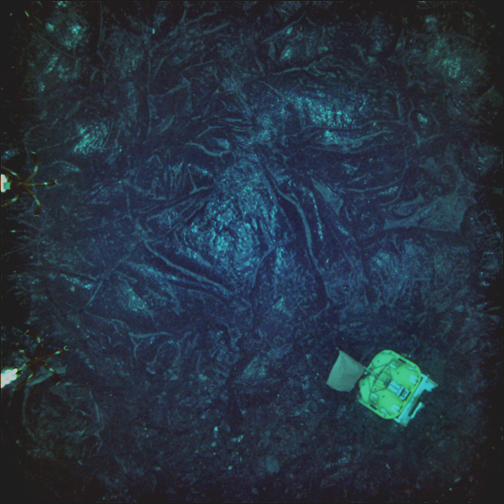
|
An array of 12 OBSs first deployed in 2003, with annual servicing, recorded the microearthquake character of an eruption at the 9deg 50'N site on the East Pacific Rise. The eruption was preceeded by a pattern of increasing seismicity over more than 2 years, and culminated in a brief 6-hr period of intense activity followed by a rapid decline in seismicity. Results detailed in Science Express on Nov. 23rd 2006. Details of eruption and rapid response cruises can also be found at the Ridge2000 website. |

|
Using T-wave data to constrain the
duration, length and speed of rupture of the Great Sumatra-Andaman earthquake. T
-waves have the potential to rapidly access the scale of a submarine earthquake,
and possibly its tsunamigenic potential. This work was published in Seismological Research Letters in 2005. Reprint available here. To listen to the sound of the earthquake rupture (sped up x10) click here. The data were collected by the IMS (International Monitoring System) of the CTBTO (Comprehensive Test Ban Treaty Organization). |
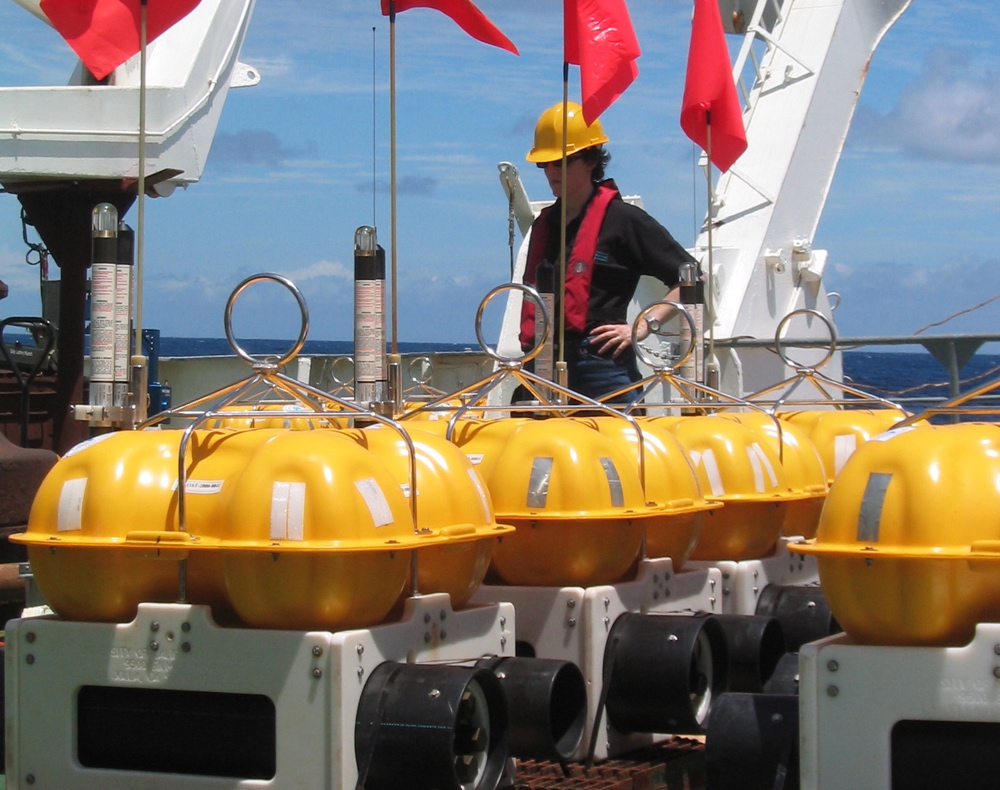
|
Analysis of OBS data collected at 9N on the East Pacific Rise. 2003-2004 results discussed above (Tolstoy et al., 2006; 2008). Analysis is on-going of over 300,000 events recorded between October 2003 and January 2007. This project is funded by the National Science Foundation as part of the Ridge2000 program. |

|
Participated in the James Cameron IMAX 3-D documentary Aliens of the Deep (released January 28th, 2005), during which we completed the first deployment of a National Science Foundation Ridge2000 OBS array at 9N on the East Pacific Rise. |
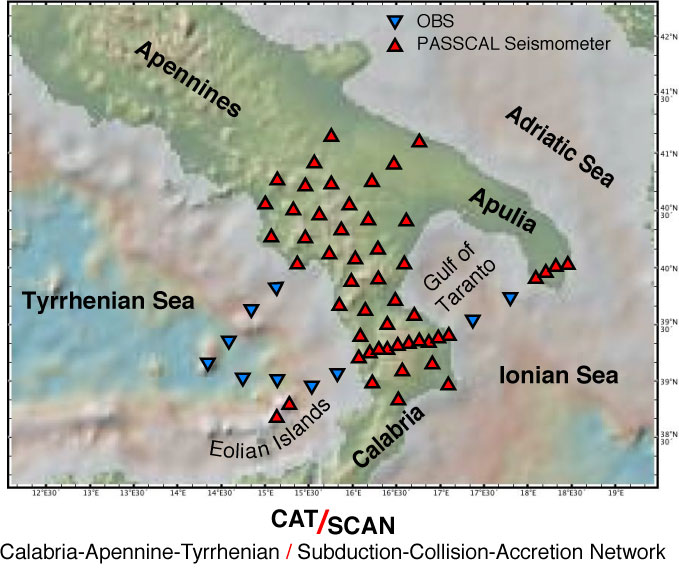
|
Deployment of an OBS array as part of the CATSCAN project in southern Italy. This project is funded by the National Science Foundation. |
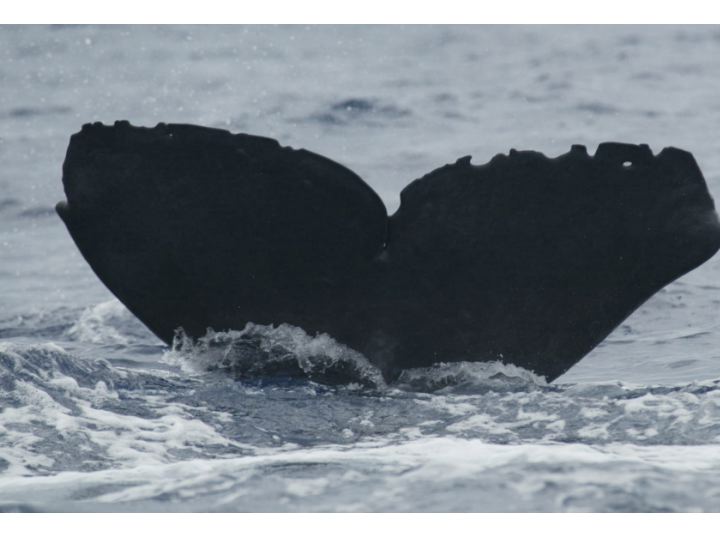
|
Calibration of Ewing acoustic sources, and participation in 2003 SWSS program. Find out more. This project is funded by the National Science Foundation. |
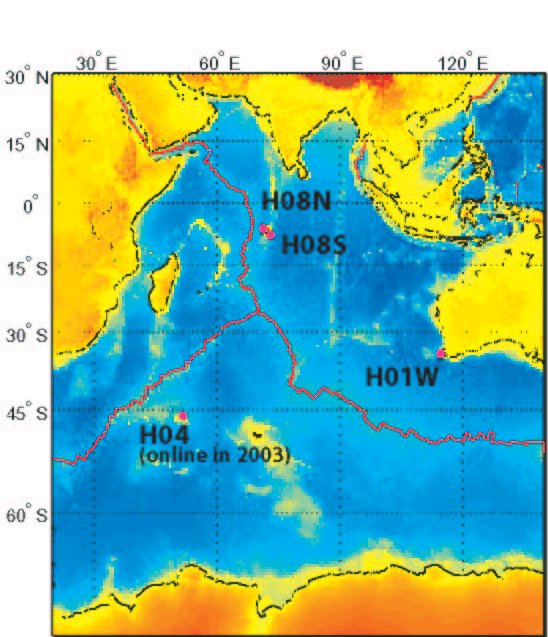
|
Location, Characterization and Quantification of Hydroacoustic Signals in the Indian Ocean. This work was funded by the Defense Threat Reduction Agency. Details of hydroacoustic work are ongoing at LDEO and can be found here. Details of initial characterization of Indian Ocean events can be found here. |
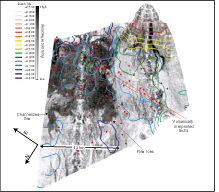
|
Evidence for Recent Volcanic Activity at the Ultraslow-Spreading Gakkel Ridge.
Reprints of the Nature paper by Edwards et al. are available. In addition, you may download The Seismic Character of Volcanic Activity at the Ultraslow-Spreading Gakkel Ridge, Tolstoy et al., Geology, vol.29 pp.1139-1142, 2001. (PDF) |
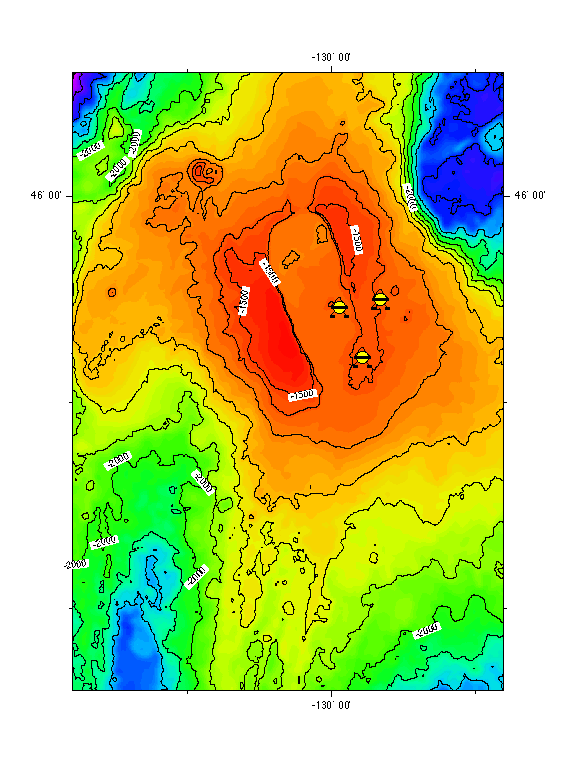
|
Analysis of microearthquake data set collected on Axial Volcano in the summer of 1994 found that earthquakes were occuring preferentially at low tide. Details can be found in Geology paper here.
Further details on earthquake locations can be found here. |
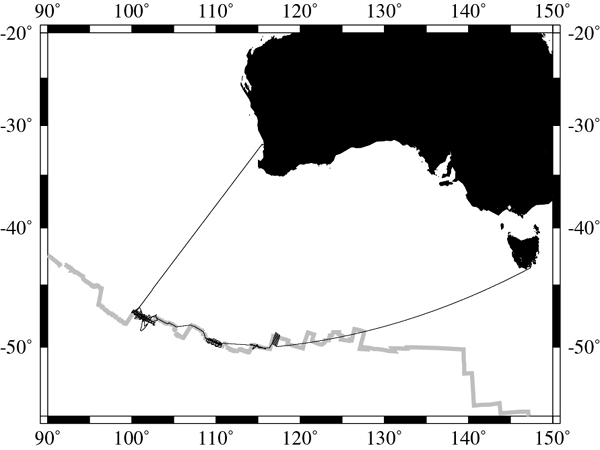
|
A geophysical survery was conducted along the South East Indian Ridge (SEIR) in Dec. '01 - Jan. '02 aboard the RV Ewing. EW0114 collected multibeam, gravity, MCS and OBS data. Six lines of OBS refraction data were collected along 4 segments of the SEIR. Results are currently in press in G-cubed (Holmes et al., 2008). This project is funded by the National Science Foundation. For more information, please look at the following map. |
 |
Analysis of a refraction data set collect on the South East Indian Ridge (SEIR) and the Australian Antarctic Discordance (AAD) to compare crustal thickness between the two areas. Results will be presented at Fall AGU 2008 (Holmes et al.). This project was funded by the National Science Foundation.
Details of this on-going research can be found here. |
